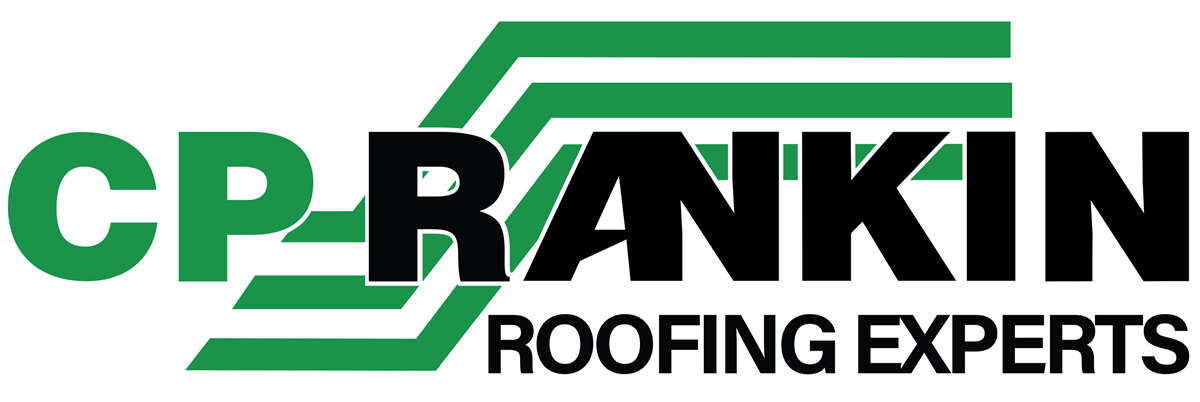Commercial rooftops play a crucial role in protecting buildings from the elements, including rain, snow, and sunlight. However, over time, these rooftops can develop issues, one of which is saturated insulation. Saturated insulation can lead to various problems, including reduced energy efficiency, structural damage, and potential health hazards. In this blog post, we will explore what saturated insulation is, its causes, and how to identify and address it effectively.
What is Saturated Insulation?
Saturated insulation refers to insulation materials on commercial rooftops that have become damp or wet due to moisture infiltration. This moisture can come from various sources, such as leaks in the roof membrane, condensation, or improper drainage systems. Once insulation becomes saturated, its thermal resistance decreases significantly, leading to reduced energy efficiency and potential structural damage.
Causes of Saturated Insulation: Several factors can contribute to the saturation of insulation on commercial rooftops:
- Roof Leaks: Damaged or deteriorating roof membranes can allow water to seep into the insulation layer during rain or snow events.
- Poor Drainage: Inadequate drainage systems or clogged gutters can cause water to accumulate on the rooftop, leading to saturation of the insulation over time.
- Condensation: Poor ventilation or insulation installation can result in condensation buildup within the roofing system, leading to moisture infiltration into the insulation.
Identifying Saturated Insulation: Detecting saturated insulation early is essential to prevent further damage to the roofing system and the building itself. Here are some signs to look out for:
- Water Stains: Visible water stains on the interior ceiling or walls of the building may indicate a leak in the roof membrane and saturation of the insulation.
- Mold or Mildew Growth: Excessive moisture within the insulation layer can create an ideal environment for mold and mildew growth, which can often be detected by musty odors or visible patches of mold on the rooftop or interior surfaces.
- Decreased Energy Efficiency: If energy bills have increased significantly without any apparent explanation, it could be due to reduced thermal performance caused by saturated insulation.
- Sagging or Discolored Ceiling Tiles: In areas where insulation is located above ceiling tiles, sagging or discoloration of the tiles may indicate moisture damage from saturated insulation.
Addressing Saturated Insulation: Once saturated insulation has been identified, prompt action is necessary to prevent further damage and restore the roof’s integrity. Here are some steps to address saturated insulation effectively:
- Roof Inspection: Conduct a thorough inspection of the rooftop to identify the source of moisture infiltration, such as roof leaks or drainage issues.
- Repair Roof Damage: Repair any damaged or deteriorating roof membranes, flashings, or seals to prevent further water intrusion into the insulation layer.
- Improve Drainage: Ensure that the rooftop has proper drainage systems in place, including gutters, downspouts, and scuppers, to divert water away from the building effectively.
- Replace Saturated Insulation: Remove and replace the saturated insulation with dry, high-quality insulation materials to restore the roof’s thermal performance and prevent future moisture problems.
- Enhance Ventilation: Improve ventilation within the roofing system to reduce the risk of condensation buildup and moisture infiltration into the insulation layer.
Saturated insulation on commercial rooftops can pose significant challenges, including reduced energy efficiency, structural damage, and indoor air quality issues. By understanding the causes of saturated insulation and knowing how to identify and address it effectively, building owners and facility managers can protect their investments and ensure the longevity of their roofing systems. Regular maintenance, timely repairs, and proper drainage are essential components of a comprehensive strategy to prevent and mitigate the effects of saturated insulation on commercial rooftops. For a thorough inspection and expert guidance in identifying these causes and issues, contact CP Rankin.

